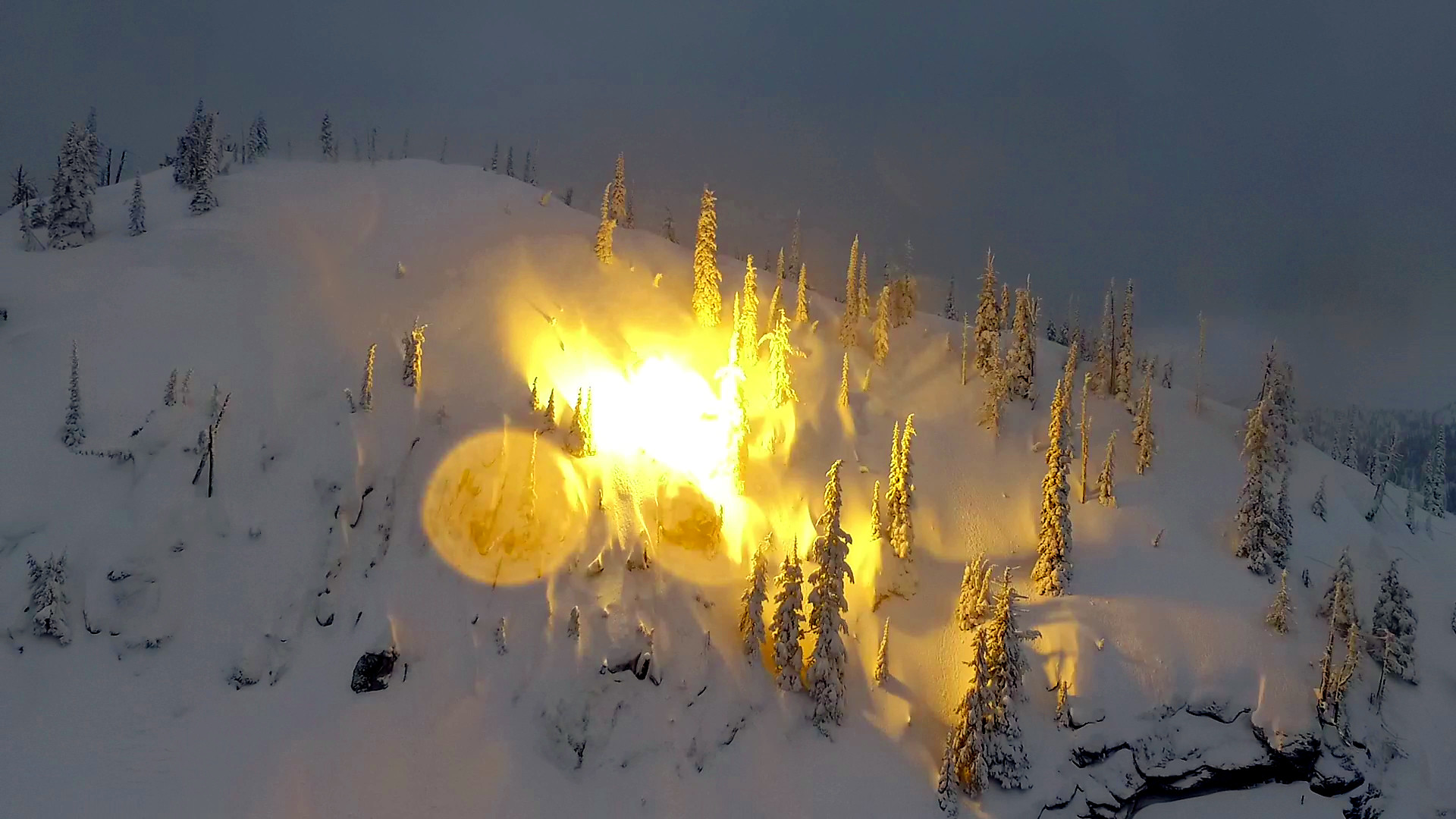 Undoubtedly one of the coolest jobs in our ministry – here’s a look at what it’s like to be an Avalanche Technician for the Ministry of Transportation and Infrastructure and what kind of training and experience we look for when filling the role.
Undoubtedly one of the coolest jobs in our ministry – here’s a look at what it’s like to be an Avalanche Technician for the Ministry of Transportation and Infrastructure and what kind of training and experience we look for when filling the role.
Meet Robb Andersen.
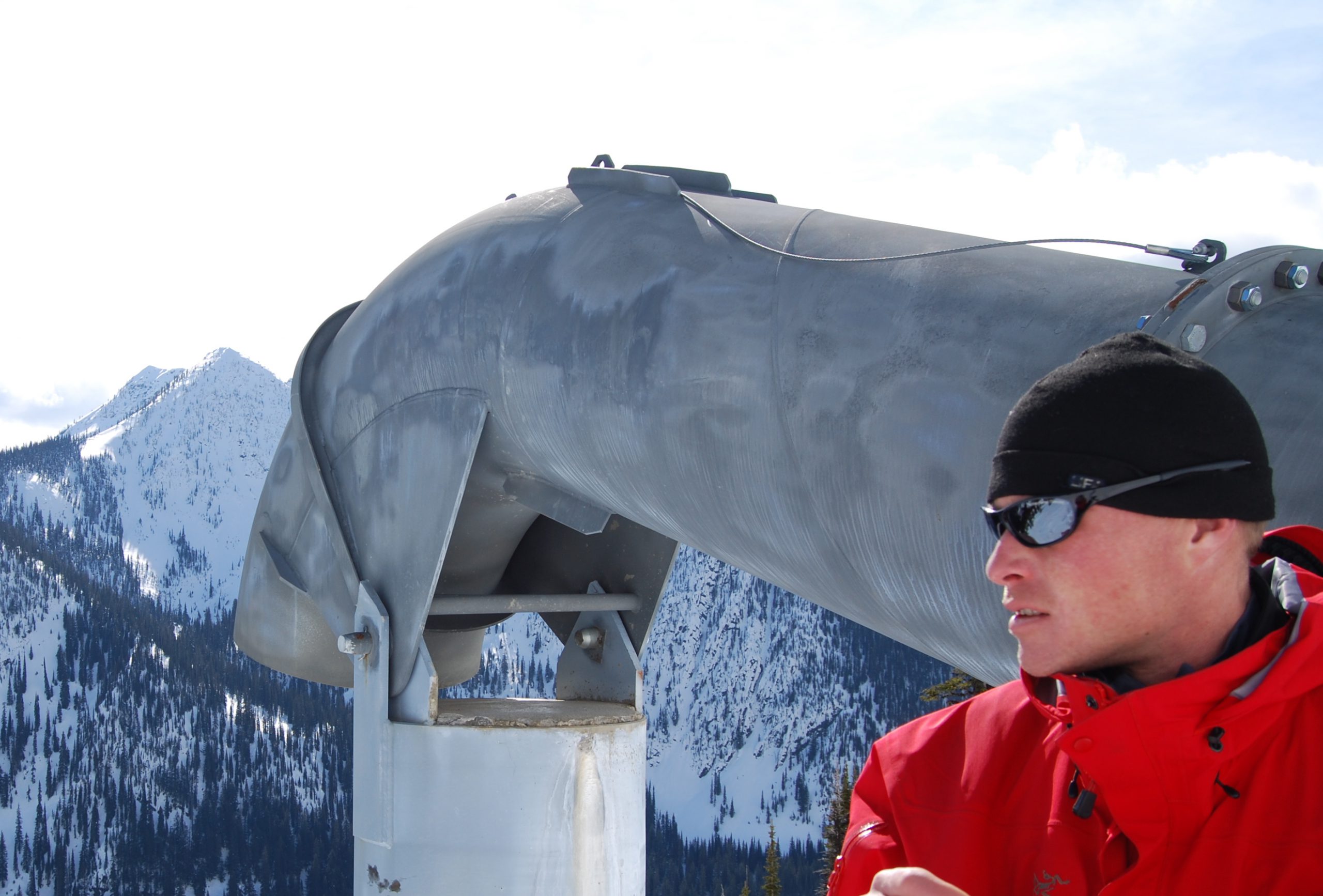
Robb’s been working in avalanche safety since 1994, and he’s been with the ministry since 2004, working the snowy slopes in different areas throughout the province, first as an Avalanche Technician and now as Senior Manager of the Avalanche Program. He was in Stewart working Bear Pass when they had their biggest winter in 30 years, and he’s spent a lot of time in Kootenay Pass, which is where we caught up with him to ask some questions.
What does a typical day look like for an avalanche tech on Kootenay Pass?
We start our day at 7 a.m. The first thing we do is drive through the avalanche area, making observations and looking particularly for any changes overnight or any new avalanche activity.
Past, present and future weather conditions are the most significant factor that influence avalanche hazard and avalanche risk. We then go to our weather station after our initial road patrol, (which is located at the summit of Kootenay Pass). This is where we record current weather observations and readings, as well as evaluate the snowpack structure and conduct snowpack stability tests.
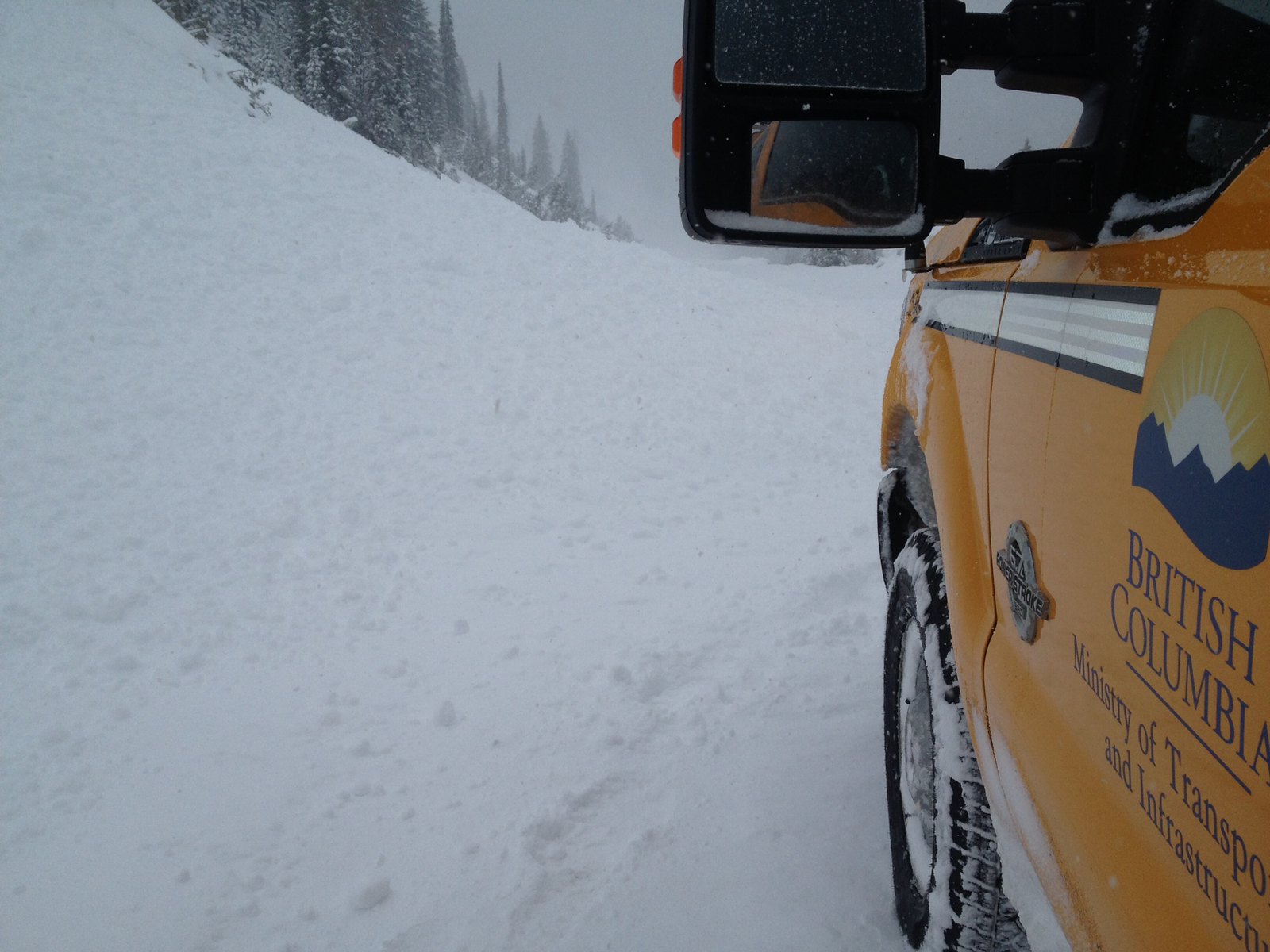 Some of the key snowpack questions we answer are:
Some of the key snowpack questions we answer are:
- How much new snow fell overnight?
- Is the new snow bonding to the old snow surface?
- Are there any significant changes in the snowpack (is it getting stronger or weaker)?
After we collect our on-site weather data, we call our weather forecaster and get a synopsis for the next one to five days. Due to the fact that present and forecasted weather conditions significantly influences avalanche risk, we make a lot of our operational planning and decisions based on the weather forecasts. As you can appreciate, we need to be very flexible and adaptable because… well, the weather forecast is always changing.
One of the most important aspects of forecasting avalanche risk is the ability to ingest as much information as possible that helps us to make well informed decisions. That is why we will also review information from other local avalanche operations that share weather data, avalanche occurrence data and avalanche risk levels. Having the ability to share information between other avalanche professionals is very important in assessing overall trends for avalanche risks.
Then it’s time to ask ourselves some questions: “What is the avalanche hazard and has it changed?” “Are conditions improving or getting worse and what impact will that have to the avalanche risk”.
If the avalanche hazard is on the rise and avalanche control looks inevitable, then plans will be made to conduct avalanche control to reduce the avalanche risk to the highway. If the avalanche hazard is low, then we will get into the mountains where we can make snowpack structure observations closer to the avalanche starting zones. This is a key piece of information that informs not only if avalanches are likely but how big and how widespread the problem may be.
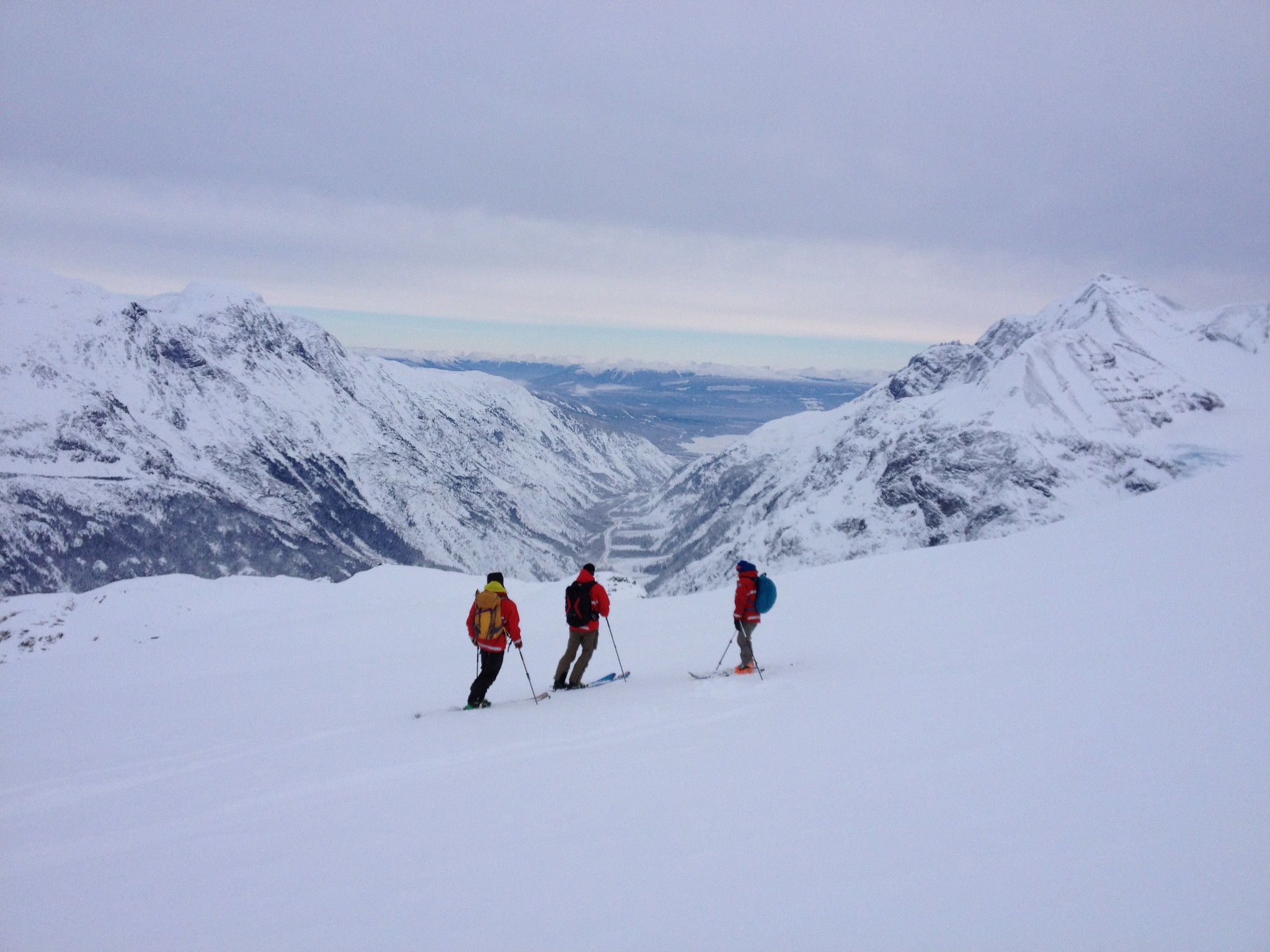
What’s the biggest avalanche you’ve ever set off?
Winter of 2006-2007 when I was working with the Bear Pass avalanche crew in Stewart. During a helicopter bombing mission, we set off a size 4.5 (really big) avalanche in an avalanche path called Canyon. This avalanche path runs over 6,000 vertical feet from start zone to highway with a total length of 3.5 kilometres. It was only the second time in recorded history that this avalanche path had affected the highway. The avalanche deposit was up to 16 metres (50 feet) deep on the road and took four days working 24/7 with many pieces of heavy equipment to clean it up and get the highway reopened.
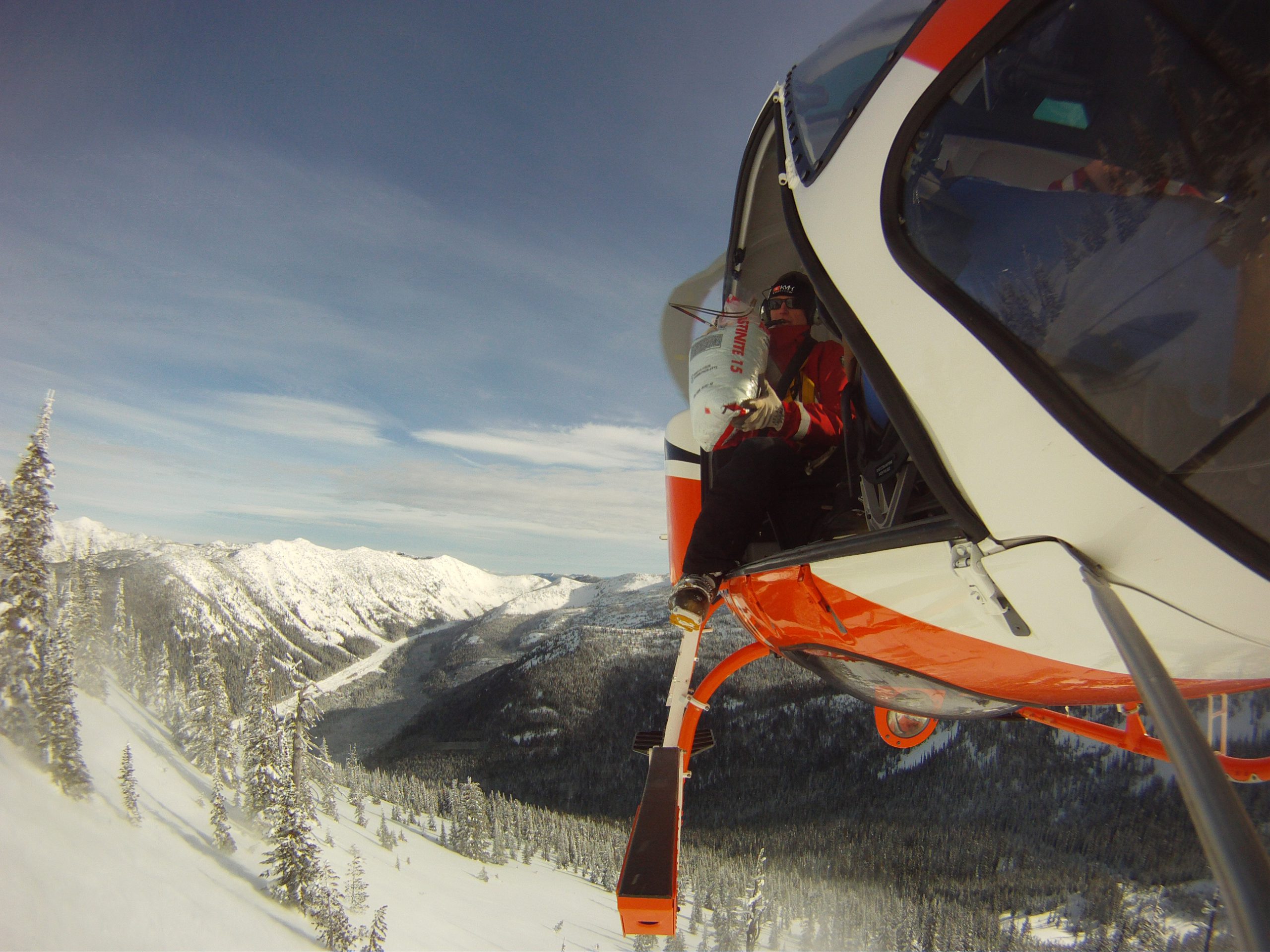
What was your busiest year?
During my first winter managing the avalanche program at Kootenay Pass (2010-2011), we received, what was at that time the second highest snowfall total at Kootenay Pass in over 35 years. During that winter, between Dec. 1 and April 31 we conducted approximately 60 avalanche control missions, which averaged out to be one control mission every 2.5 days. That is about double the average avalanche control mission we would see in a typical year. It was a memorable winter indeed!
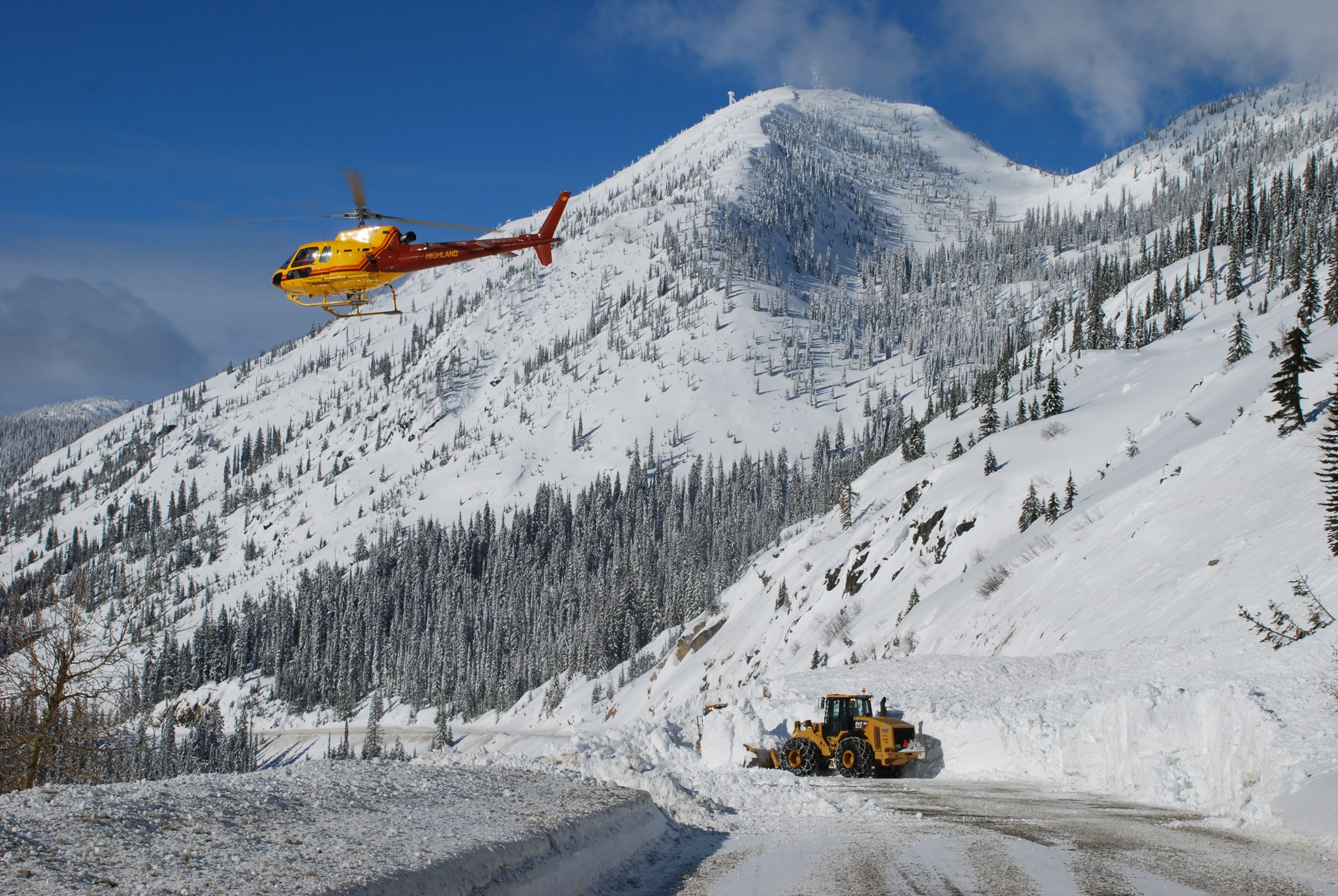
What do conditions have to be like before you close the highway?
If we feel that the potential risk to the highway user exceeds established safety standards; the highway will be closed prior to avalanches that may impact the highway. Once we close the highway for a high-avalanche hazard, we will attempt to create avalanches with an explosive device in the starting zone of the avalanche path of concern if possible. The explosive blast will de-stabilize the snow and start a controlled avalanche. Avalanche control using explosives may be delayed due to weather or daylight.
In many areas of the province, our avalanche technicians require helicopter access to deploy explosive charges into the avalanche starting zones. Obviously poor weather and lack of daylight can limit our ability to use helicopters. In these circumstances the highway will remain closed until conditions permit our avalanche technicians to safely access the avalanche starting zones to conduct avalanche control activities. Generally, once avalanche control has been completed, the maintenance contractor will then be allowed into the avalanche area to start removing the avalanche deposits on the highway. The highway is then re-opened once the avalanche deposits have been cleaned up and the highway has been plowed and sanded.
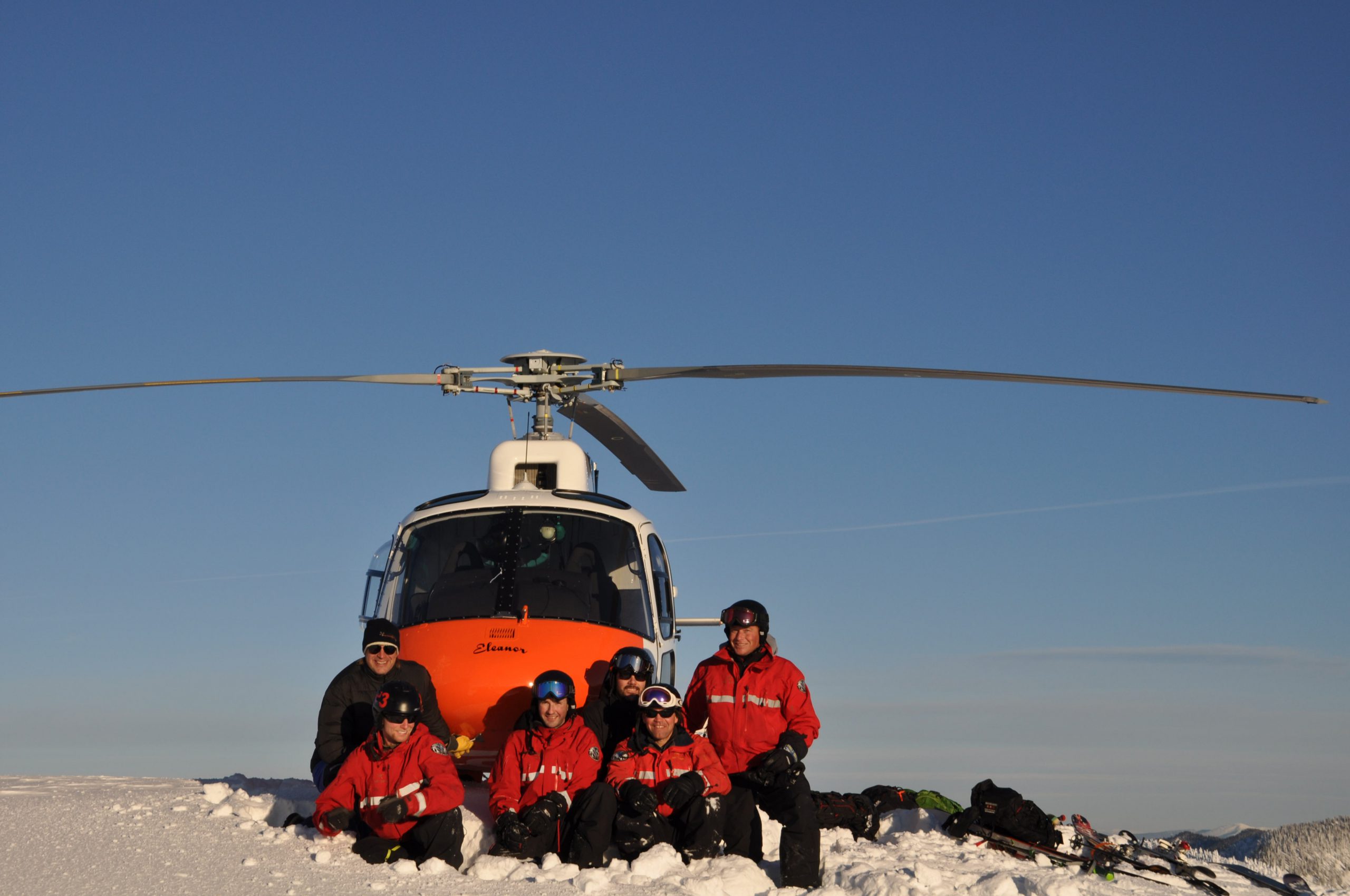
Avalanche control is one of the more intriguing parts of the ministry’s business, and we could have easily kept asking Robb more questions. But we can’t keep him in the office all day. He’s got to head out to the slopes and check how they’re doing after the latest snowfall. He could be closing the road and starting another avalanche soon. He did give us some information for folks interested in pursuing a career with the ministry as an Avalanche Technician, which we have shared below.
Interested in joining our team as an Avalanche Technician?
- The first step would be to check out Avalanche Canada’s website. There are some great resources on learning about avalanches and avalanche safety.
- The next step would be to take an Avalanche Skills Training course. Not all courses and providers are on the Avalanche Canada site, but it’s a good start. https://www.avalanche.ca/training/courses
- Next would be to look at the Canadian Avalanche Association’s website to learn more about the path to becoming a professional avalanche worker. https://www.avalancheassociation.ca/
- Working at a ski hill ski patrol/mountain safety program is a great place to gain the necessary skills and experience to become a highways avalanche technician. Outside of specific avalanche courses and experience, technicians usually have gained applicable skills through other experiences like forest fire fighting, guiding, search and rescue, and post-secondary education.
- Lastly, to see the minimum education and experience requirements to become an avalanche technician with the Ministry of Transportation, look at the job description for our District Avalanche Assistant position. Most of our technicians start as Assistants. https://www2.gov.bc.ca/assets/gov/driving-and-transportation/transportation-infrastructure/highway-bridge-maintenance/avalanche/job-profile-sto-11-15-district-avalanche-assistant-final.pdf
If you liked this article, check out these related links:
- Ka-BOOM! 4 Types of Remote Avalanche Control in BC
- Watching the Weather to Help Improve Safety on BC Highways
- How We Catch Avalanche Debris to Reduce Highway Closure Times
- Behind the Scenes: Hanging From a Rock Face for Avalanche Safety

Hi, my name is mitch I’ve been working towards working as an avalanche technician. So far I have my CAA avalanche operations level 1, OFA 3 and CAA introduction to weather. As well as 2 years as a ski patroller. Currently I am recording my explosives to get my blasting ticket. What would be the next most appropriate step for myself a 21 year old to work for the highway ministry
Hello Mitch – thanks for reaching out to us here.
Our avalanche team has provided us with a list of details for potential applicants to review which we have included below.
It sounds like you are well on your way to completing these.
We encourage you to subscribe to the BC Government job postings website for avalanche related postings to be alerted of job opportunities when they are posted.
The first step would be to check out Avalanche Canada’s website. There are some great resources on learning about avalanches and avalanche safety.
The next step would be to take an Avalanche Skills Training course. Not all courses and providers are on the Avalanche Canada site, but it’s a good start.
https://www.avalanche.ca/training/courses
Next would be to look at the Canadian Avalanche Association’s website to learn more about the path to becoming a professional avalanche worker.
https://www.avalancheassociation.ca/
Lastly, to see the minimum education and experience requirements to become an avalanche technician with the Ministry of Transportation, look at the job description for our District Avalanche Assistant position. Most of our technicians start as Assistants.
https://www2.gov.bc.ca/assets/gov/driving-and-transportation/transportation-infrastructure/highway-bridge-maintenance/avalanche/job-profile-sto-11-15-district-avalanche-assistant-final.pdf
Working at a ski hill ski patrol/mountain safety program is a great place to gain the necessary skills and experience to become a highways avalanche technician. Outside of specific avalanche courses and experience, technicians usually have gained applicable skills through other experiences like forest fire fighting, guiding, search and rescue, and post-secondary education.
We hope this is helpful. Good luck!
Hi, I’ve have been wanting to become an avalanche technician. I’m currently 19 years old and am wondering what steps I should take to become one?
Hi Matthew – great question. We’ve sent it to our Avalanche group and will let you know what we hear back. Stay tuned!
Hello again Matthew.
Here’s what we heard back.
The first step would be to check out Avalanche Canada’s website. There are some great resources on learning about avalanches and avalanche safety.
The next step would be to take an Avalanche Skills Training course. Not all courses and providers are on the Avalanche Canada site, but it’s a good start.
https://www.avalanche.ca/training/courses
Next would be to look at the Canadian Avalanche Association’s website to learn more about the path to becoming a professional avalanche worker.
https://www.avalancheassociation.ca/
Lastly, to see the minimum education and experience requirements to become an avalanche technician with the Ministry of Transportation, look at the job description for our District Avalanche Assistant position. Most of our technicians start as Assistants.
https://www2.gov.bc.ca/assets/gov/driving-and-transportation/transportation-infrastructure/highway-bridge-maintenance/avalanche/job-profile-sto-11-15-district-avalanche-assistant-final.pdf
Working at a ski hill ski patrol/mountain safety program is a great place to gain the necessary skills and experience to become a highways avalanche technician. Outside of specific avalanche courses and experience, technicians usually have gained applicable skills through other experiences like forest fire fighting, guiding, search and rescue, and post-secondary education.
We hope this information is helpful. Good luck and thank you for your interest in joining us!
I am looking to move from the Construction industry to a new career,I am 48 years old and am in good physical shape.I am wondering if there are any openings in this field and if so what I would need to be considered for employment?
Hello Graham,
There is currently an opportunity in Terrace as an Assistant Environmental Electronics Technician. https://search.employment.gov.bc.ca/cgi-bin/a/highlightjob.cgi?jobid=22673
We encourage you to check on the employment opportunities website for others that might interest you as well. https://search.employment.gov.bc.ca/cgi-bin/a/searchjobs_quick.cgi